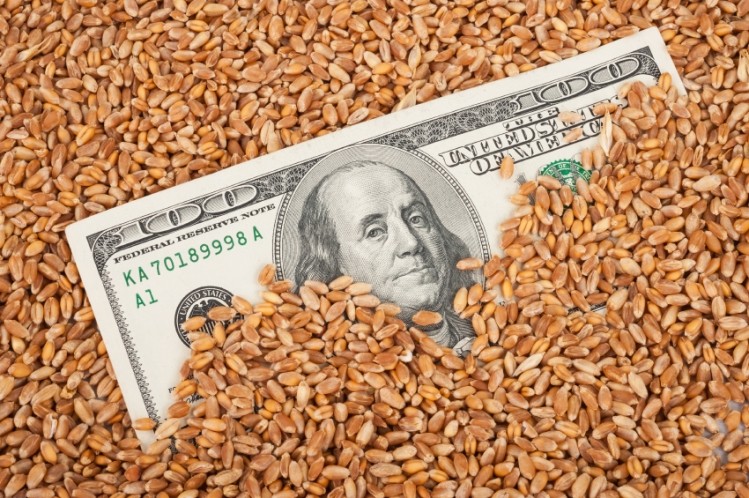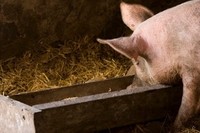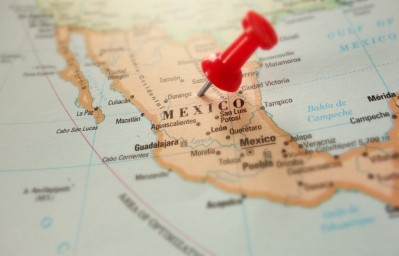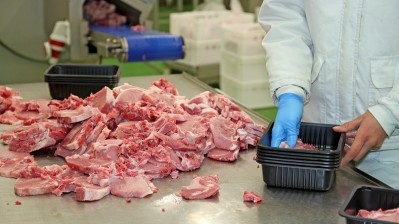Brazilian export dynamic undermining US corn market dominance: USDA

A report from the US Department of Agriculture’s (USDA) Economic Research Service (ERS), released last week, highlighted changes to crop production method and styles in Brazil and the effect those modifications are having on the US corn market.
“Brazil has emerged as the largest US competitor in the global corn market with second-crop corn, harvested late in the local marketing year, boosting its exports from September to January, months traditionally dominated by Northern Hemisphere exporters,” reported the USDA.
The change in Brazil’s corn marketing and exports has already started to influence US sales, the agency said. US corn exports are starting to mirror soybean sales, which are more concentrated at the start of the US marketing year.
“Stronger competition from Brazil corn exports at the start of the US September-August marketing year is expected to have price implications for US corn and soybean producers,” reported the USDA. “Deeper US harvest-time lows for corn prices would be significant to US producers who over the last 5 years marketed an average 48.1% of their corn during October-January.”
US counter-attack
The 2012 drought and reduction in the US corn crop allowed Brazil the opportunity to take some ground from the US in the corn export market with its second-crop corn, said Constanza Valdes, agricultural economist with the USDA.
“The competition is likely to persist in the longer term,” she told FeedNavigator. “It might be that the US will try to increase the sales in the beginning of the year – so there will be some shift away from competing in the months that were, traditionally, the largest for the US exports.”
The size of the second harvest crop of corn in Brazil had been growing for several years, but became more noticeable in 2012, with the drop in production in the US, she said. Other factors also played into the increased production including an improvement in corn technology, drought-resistant corn varieties, increased research and development for crops and government support, said Valdes.
Domestic use
Brazil has seen an average 21% annual growth rate in corn exports over the last decade, noted the USDA
Since 2011-12, the second crop of corn in the Latin American powerhouse, has had a larger yield than the first-crop corn, continued the agency.
Much of the corn harvested during the initial growing period, which runs from September through to December for most growing areas of Brazil, goes to domestic production and feed use, said Valdez. Brazilian livestock production has also grown with the increase in access to feed crops.
“They’ve been feeding and finishing more cattle, and the pork and poultry industries are expanding so they are increasing domestic use,” she said.
Forecasting
Brazil is expected to remain the world’s second largest corn exporter for, at least, the next 10 years, predicted the USDA. It is anticipated to remain behind the US but out export countries like Argentina and the Ukraine.
And Valdes said if prices and sales remain healthy, that will offer more incentive to Brazilian corn growers to continue hiking yields.
“They could have a bigger crop in terms of acres used and harvested and increased yields,” she said. “Yields are [currently] below that of the US.”
And further expansion of ports in Brazil could end the slow sales of corn during months currently devoted to soybean sales, said the USDA.











